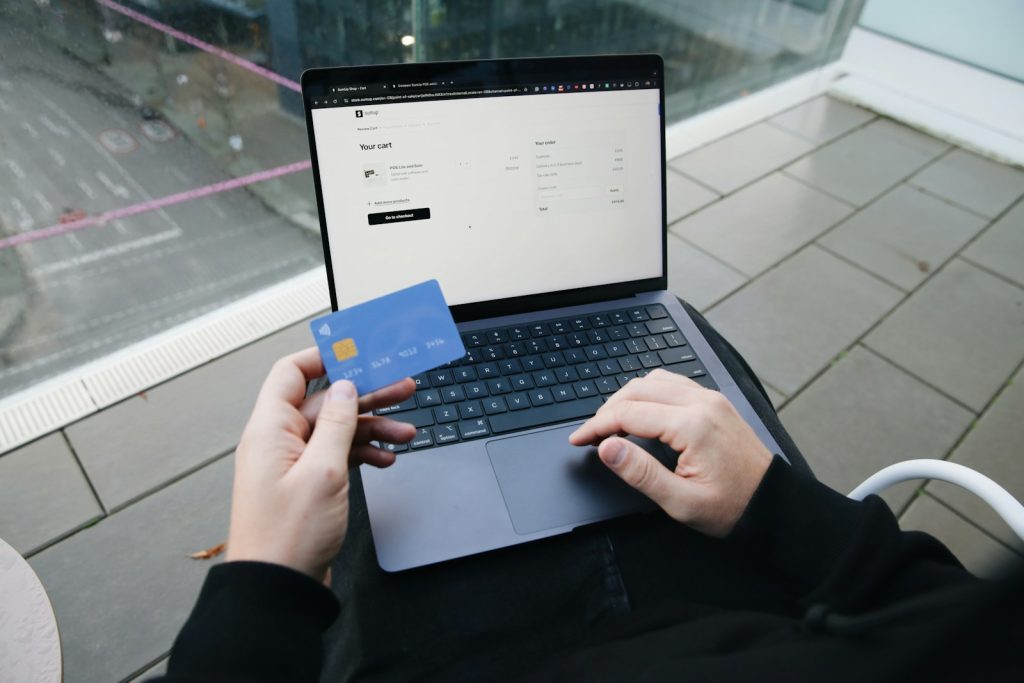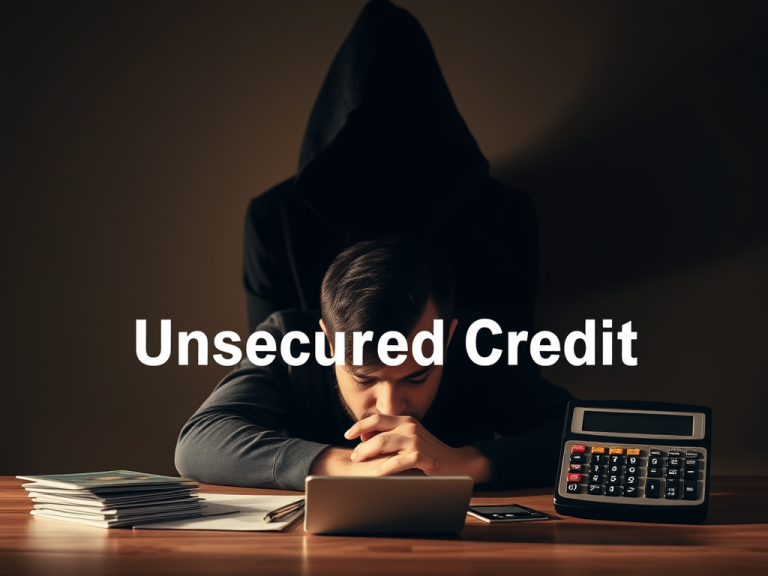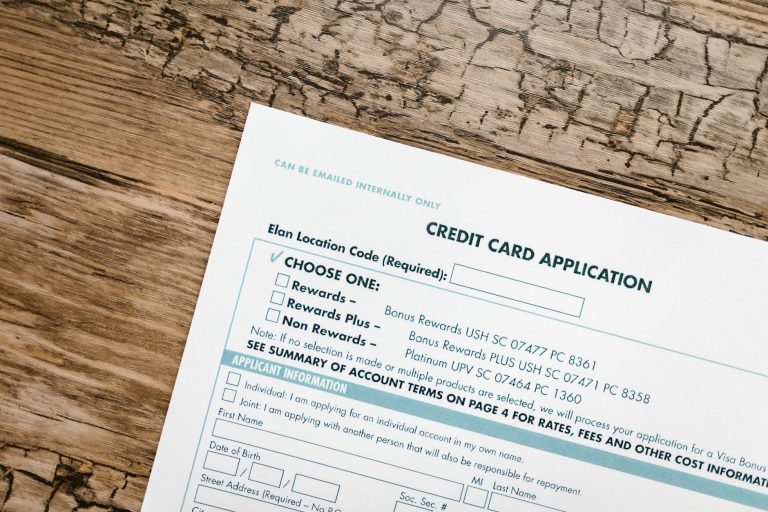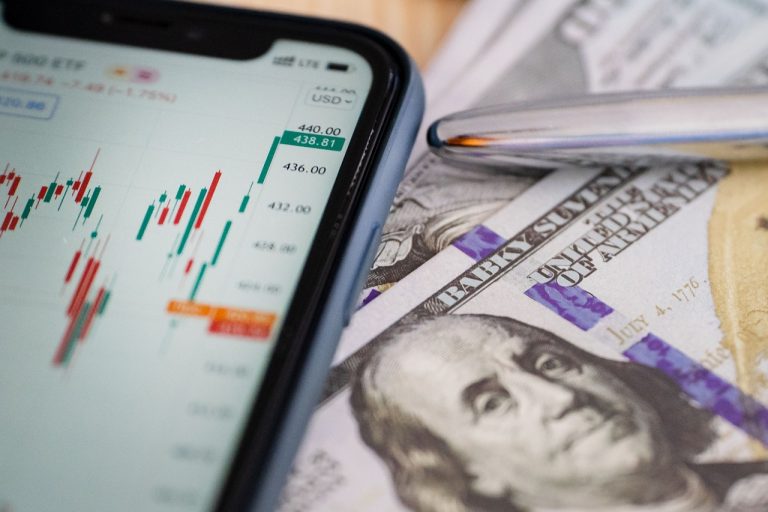How To Turn Things Around
Acknowledging and Understanding the Issue
At some point in life, almost everyone faces financial difficulties. I’ve come to realize that experiencing money problems doesn’t define who I am—it’s how I respond to them that truly matters. Missing a single payment on my credit card doesn’t mean I’m irresponsible or doomed to financial ruin, but it’s a warning sign that I need to pay attention to. The key is recognizing the situation early and taking proactive steps to prevent it from escalating.
The Impact of a Missed Payment
- Missing a payment isn’t the end of the world, but it can have consequences. Creditors typically report late payments to credit bureaus after 30 days, which can lower my credit score.
- Late fees and penalty interest rates may also apply, making it even harder to catch up.
- If I continue to miss payments, my account could be sent to collections, which can severely impact my financial reputation.
🔗 Resource: Equifax – How Late Payments Affect Credit Scores
Understanding the Bigger Picture
- A single missed payment doesn’t define my financial future, but repeated financial missteps can make it harder to recover.
- Ignoring the problem won’t make it go away. If I don’t take action, late fees will add up, my credit score will drop, and I may find it harder to qualify for loans or credit in the future.
- Being aware of my financial habits is the first step toward long-term stability. I need to acknowledge what led to the missed payment and put a plan in place to prevent it from happening again.
By recognizing the significance of my financial choices, I can approach my situation with a level head and a plan. The goal isn’t just to fix one missed payment but to create better habits that will keep me on solid financial ground in the future.
Immediate Steps to Address Missed Payments
Now that I understand the impact of a missed payment, I need to act quickly to prevent further damage. The sooner I take action, the better my chances of minimizing any negative consequences. I’m not powerless in this situation—I have options.
Step 1: Make the Payment as Soon as Possible
- If I’ve missed a payment by just a few days, I should pay it immediately. Many credit card issuers have a grace period before they report the late payment to credit bureaus.
- If I can’t pay the full amount, I’ll pay at least the minimum to avoid further penalties.
- I’ll check my credit card statement for any late fees and see if I can get them waived, especially if this is my first missed payment.
Step 2: Contact My Creditor
- If I’m struggling to make payments, I won’t wait for things to get worse—I’ll call my credit card issuer and explain my situation.
- Many lenders are willing to offer temporary hardship programs, lower interest rates, or extended payment plans.
- If I’ve been a good customer in the past, I’ll ask if they can remove the late fee or avoid reporting the missed payment to credit bureaus.
Step 3: Update My Budget and Priorities
- I need to take a close look at my income and expenses to see where I can adjust.
- If I’ve missed a payment due to a temporary cash flow issue, I’ll prioritize my essential bills and cut back on unnecessary spending.
- Setting up autopay for at least the minimum payment can help me avoid missing payments in the future. If autopay isn’t an option, I’ll set calendar reminders for due dates.
Step 4: Plan for Future Financial Stability
- If I anticipate ongoing struggles with debt, I’ll research debt management options like consolidation loans or credit counseling.
- I’ll start building an emergency fund, even if it’s small, so I have a financial cushion for unexpected expenses.
- I’ll regularly monitor my credit report to ensure accuracy and catch potential issues before they become serious problems.
Taking these immediate steps helps me regain control of my finances and prevents a small mistake from turning into a long-term issue. The key is to be proactive, stay informed, and keep moving forward.

Exploring Debt Management Solutions
If I’m struggling with recurring financial difficulties, I need to explore long-term solutions to prevent my debt from spiraling out of control. Ignoring the issue will only make it worse. Instead, I’ll take control by considering my options for managing and reducing my debt.
Debt Consolidation: Simplifying My Payments
- If I have multiple credit card balances with high interest rates, consolidating my debt into one loan with a lower interest rate could make payments more manageable.
- A personal loan or balance transfer credit card could help me reduce interest costs and pay off debt faster.
- Before I consolidate, I’ll check the terms carefully to ensure I’m actually saving money in the long run.
Debt Management Plans (DMPs): Getting Structured Help
- A debt management plan (DMP) through a reputable credit counseling agency can help me negotiate lower interest rates and create a structured repayment plan.
- Unlike debt consolidation, I’ll still pay my creditors directly, but the counseling agency will help me stay on track with my payments.
- Enrolling in a DMP may temporarily affect my ability to open new credit accounts, but it can help me regain financial stability over time.
Credit Counseling: Getting Professional Guidance
- Speaking with a nonprofit credit counseling agency can help me understand my financial situation and explore my options.
- A counselor can help me create a realistic budget, negotiate with creditors, and determine if a DMP or other solution is right for me.
- I’ll ensure that I work with a reputable organization—preferably one accredited by the National Foundation for Credit Counseling (NFCC) or the Financial Counseling Association of America (FCAA).
Negotiating With Creditors: Seeking Flexible Solutions
- If I’m struggling to keep up with payments, I won’t wait for collections—I’ll reach out to my creditors and ask about hardship programs.
- Some lenders offer temporarily reduced interest rates, extended payment terms, or forbearance options for those facing financial hardships.
- Being upfront and honest with my creditors can improve my chances of securing a repayment plan that works for me.
Considering Debt Settlement as a Last Resort
- If my debt has become overwhelming and I can’t afford the payments, I might consider debt settlement.
- This involves negotiating with creditors to pay a reduced amount as a lump sum, but it can negatively impact my credit score.
- I’ll be cautious of for-profit debt settlement companies that charge high fees and make unrealistic promises—I’ll explore options carefully before making a decision.
Finding the right debt management solution requires careful thought and planning. I won’t let my financial struggles define me—I’ll take action to regain control and create a plan that works for my situation.
Long-Term Financial Wellness Strategies
Now that I’ve taken steps to manage my debt, my next goal is to build long-term financial stability. I don’t want to just fix my immediate problem—I want to prevent future financial struggles and create a plan for lasting success.
Building an Emergency Fund: My Financial Safety Net
- Even if I start small, I’ll set aside money for unexpected expenses like medical bills, car repairs, or job loss.
- My goal is to save at least three to six months’ worth of living expenses so I don’t have to rely on credit cards for emergencies.
- I’ll automate my savings by setting up a recurring transfer to a high-yield savings account, even if it’s just a small amount each paycheck.
Developing Smart Spending Habits
- I’ll create a realistic budget that accounts for all my expenses and income, making sure to leave room for savings.
- To stay on track, I’ll use budgeting tools or apps like Mint, YNAB (You Need a Budget), or EveryDollar to monitor my spending.
- I’ll adopt the 50/30/20 rule—50% of my income for needs, 30% for wants, and 20% for savings or debt repayment.
Paying Bills on Time and Managing Credit Wisely
- To protect my credit score, I’ll set up autopay or calendar reminders for all my bills and credit card payments.
- I’ll aim to keep my credit utilization below 30%—meaning I won’t max out my credit cards.
- I’ll check my credit report regularly through AnnualCreditReport.com to ensure there are no errors that could hurt my score.
Investing in My Future
- Once I’ve built an emergency fund and paid off high-interest debt, I’ll start investing for long-term financial growth.
- I’ll contribute to a retirement account like a 401(k) or IRA, especially if my employer offers matching contributions.
- I’ll educate myself on low-cost index funds and other investment options to make my money work for me.
Continuing Financial Education
- I’ll stay informed by reading personal finance books, listening to financial podcasts, and following credible financial experts.
- I’ll make a habit of reviewing my financial goals and adjusting my strategy as my income and expenses change.
- If I need personalized advice, I won’t hesitate to meet with a certified financial planner (CFP) to create a roadmap for my future.
By making these habits part of my routine, I can ensure that I stay financially healthy—not just today, but for years to come. My financial journey isn’t about perfection—it’s about progress. The key is to stay proactive, keep learning, and always plan for the future.
(Editors Note: Updated 3/21/25)
© 2015-2023 by burdenofdebt.com, a LIVenture. All rights reserved. No part of this document may be reproduced or transmitted in any form or by any means, electronic, mechanical, photocopying, recording, or otherwise, without prior written permission of LiVentures LLC.






